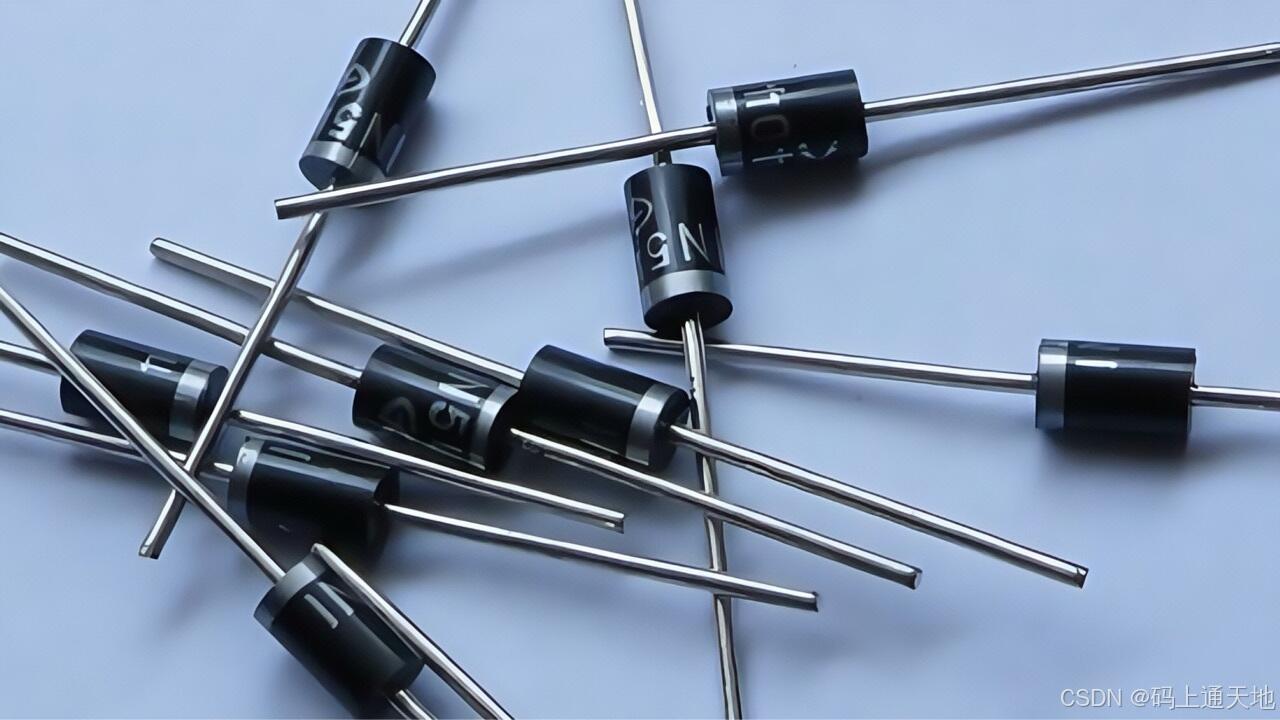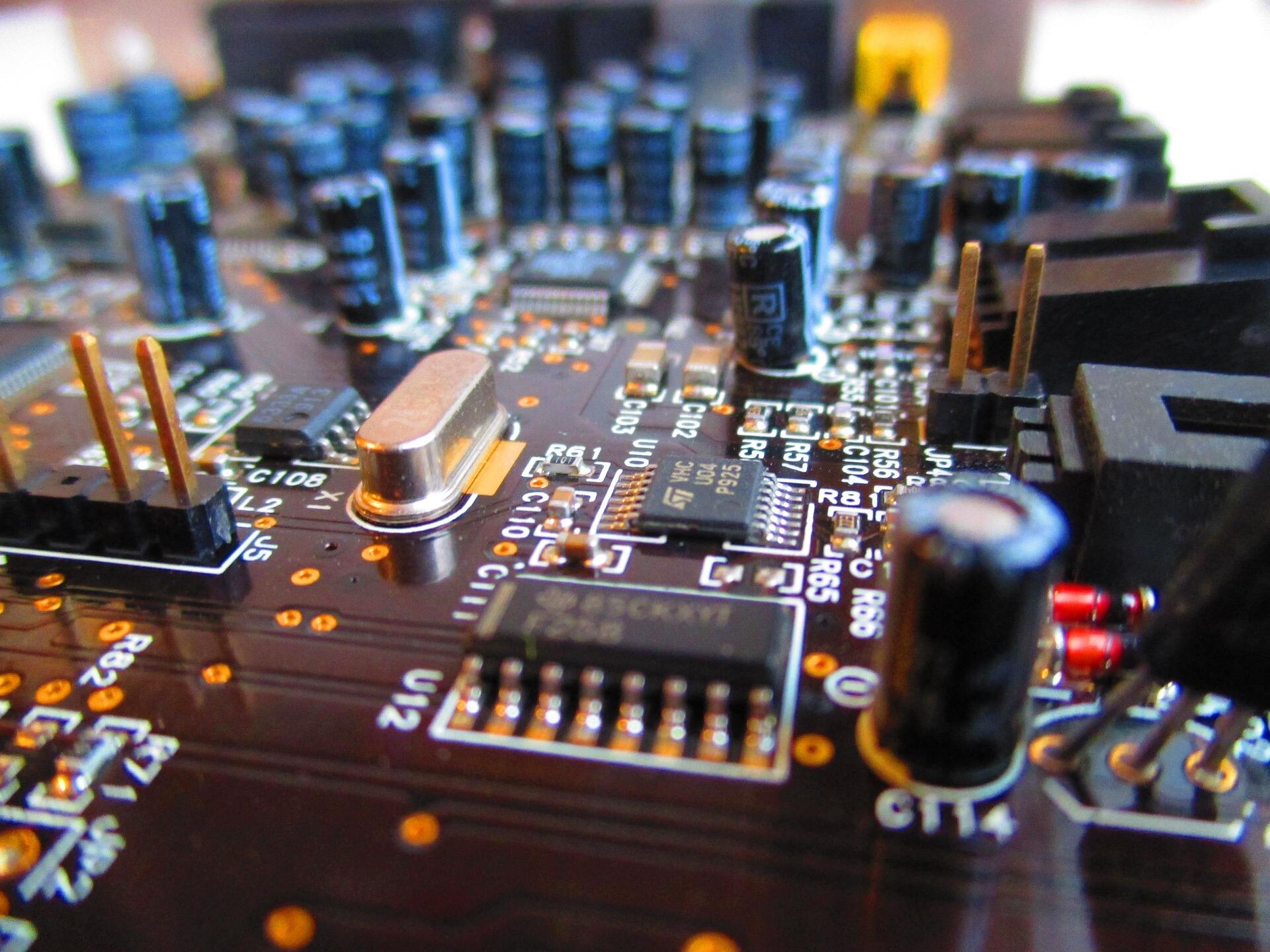This article analyzes the surge suppression applications of TVS diodes in industrial control equipment, including real-world examples and technical selection recommendations. It is suitable for international procurement and EMC design professionals.

I. What is a TVS Diode and What Problem Does It Solve?
A TVS diode (Transient Voltage Suppression Diode) is a protective device designed to protect against transient voltage surges. When a system experiences a sudden high voltage surge, such as a lightning strike, power switching, ESD, or sudden load changes, the TVS diode conducts within nanoseconds, clamping the overvoltage to a safe level. This protects sensitive circuit components such as MCUs, CAN controllers, and RS485 communication chips from damage.

II. Typical Applications in Industrial Automation Systems
|
Application System |
Protection objects |
Installation location |
|
PLC Programmable Controller |
Digital I/O interface, communication ports |
Input and output interface, RS485 channel |
|
Inverter and motor drive |
Control power supply and motor feedback signal |
DC input/output, analog signal |
|
Robotics and automation cells |
Sensor/encoder circuit |
Terminal blocks, power busbars |
|
Industrial Internet of Things (IIoT) Gateway |
Ethernet/USB/UART communication interface |
Network/serial port protection zone |
|
Security monitoring system |
Camera power supply and signal link |
DC plug, PoE power port |
TVS diodes are compact, fast, and available in a variety of packages (such as SMA, SMB, SMC, and DO-15), making them suitable for high-density PCB layouts.

III. How to Select the Right TVS Diode?
During design, it's important to consider the following technical parameters:
|
Parameter name |
Meaning and Suggestions |
|
VRWM |
Maximum operating voltage, must be ≥ system operating voltage |
|
VBR |
Breakdown voltage, the minimum voltage that triggers conduction |
|
VCLAMP |
Clamping voltage, actual surge protection upper limit |
|
IPP |
Peak surge current capability, the greater the surge current capability, the better the impact resistance. |
|
CJ |
Junction capacitance, which is particularly important for communication interfaces |
For example, for an RS485 industrial communication interface, a low-capacitance TVS with a VRWM of 5V and a VCLAMP of ≤ 12V is recommended.
IV. Application Case: European Client's Relay Surge Issue Resolved
At the end of 2024, we assisted a German industrial automation equipment manufacturer in resolving a frequent MCU damage issue in their PLC control modules. Analysis revealed that the reverse high voltage (>60V) generated by the relay disconnection moment impacted the main control chip through the PCB circuit.
By selecting an SMCJ40CA bidirectional TVS diode and placing it between the relay drive and MCU control lines, the surge was successfully suppressed, and the problem persisted after 24 hours of continuous testing.
TVS Diodes | Industrial Surge Protection | Automation Protection Devices | ESD Suppression Chips | In-Stock Purchase